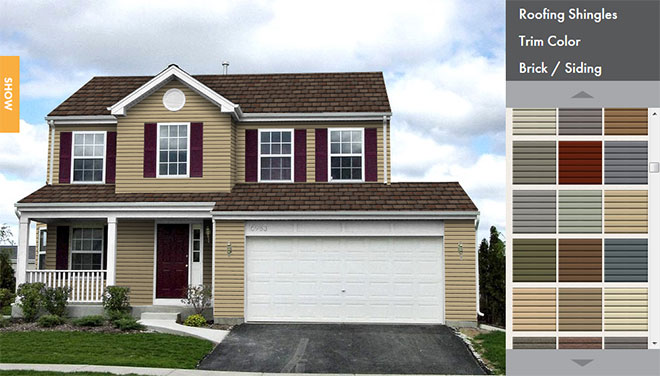Roof Repairs Underway After Golf Ball Size Hail Causes Roof Damage Edina MN
Hail Damage Edina MN 5/10/11
It was hard to look at Target Field on Tuesday night and not wonder if the ballpark’s tractors could be equipped with those golf ball picker-upper things.
Indeed, the entire outfield looked like a driving range on a busy weekend afternoon when a hail storm moved into the Twin Cities and caused a 64-minute delay during the Minnesota Twins game.
The wild weather, of course, had everyone scrambling for cover. And once there, they marveled at the huge chunks of ice that were dropping out of the skies and onto the field. Watch a videos of golf ball size hail that had people scrambling.
For Edina MN Homeowners, it means they will be assessing their roofs for hail damage.
Hailstorms are a product of severe thunderstorms. Hail is formed when strong updrafts within the storm carry water droplets above the freezing level, where they remain suspended and continue to grow larger, until their weight can no longer be supported by the winds. Hailstones can vary in size, depending on the strength of the updraft. On average, northeastern Minnesota is subject to a hailstorm only once a year.
Your Roof & Hail or Storm Damage
What does the UL fire resistance rating for a shingle mean?
The Underwriters Laboratories Inc. (UL) ratings signify that the shingles were manufactured to pass a certain set of standards to qualify as fire resistant. Organic shingles carry a UL Class C fire resistance rating. Fiber glass shingles carry a UL Class A fire resistance rating. Either is appropriate for residential applications. Some local building codes may have ordinances specifying a certain UL Class for your residential area. Your roofing contractor or local building codes officer can tell you what the requirements are for your particular area.
Fire Rating System
Any number of sources, including chimney sparks, a brush fire or airborne brands ejected from a nearby building, can ignite a roof covered with a flammable material. Fire resistance, therefore, is an important safety consideration and the reason why many local building codes as well as the Federal Housing Administration require that roofing materials conform to certain standards in this respect.
The most widely accepted standards for fire resistance in building materials are those of Underwriters Laboratories, Inc. This non-profit organization founded in 1894 devotes to testing and to establishing of fire safety standards.
The 3 tests that determine roofing materials resistance to: 1.) to intermittent flame, 2.) Flame spread and 3.) ignition from burning brands.
To earn the appropriate UL Class A, Class B, or Class C, rating the roof material must not, at any time during or after each of the tests:
- Blow or fall off the deck as flaming or glowing brands.
- Break, slide, crack or warp to expose the roof deck.
- Allow the roof deck to fall away as glowing particles.
- Allow sustained flaming of the underside of the roof deck.
Class “A”: The highest fire-resistance rating for roofing as per ASTM E-108. Indicates roofing is able to withstand severe exposure to fire originating from sources outside the building.
Class “B”: Fire-resistance rating that indicates roofing materials are able to withstand moderate exposure to fire originating from sources outside the building.
Class “C”: Fire-resistance rating that indicates roofing materials are able to withstand light exposure to fire originating from sources outside the building.
Wind Resistance Test
Underwriters Laboratories also tests asphalt roofing shingles for performance in high winds. In this test, shingles are applied to a roof deck according to the manufacturer’s specifications, sealed under controlled conditions and subjected to a 63-mile-per-hour wind for two (2) hours. To be eligible for a UL wind-resistant rating, not a single tab must lift during the entire two hours.
No roofing material is fully hail proof. Installing a Class IV hail resistant roof may qualify you for lower insurance premiums, depending on where you live. Call your agent for verification. Keep this in mind, too, not many agents and adjusters will know the specifics about hail resistant roofs. Consult a Minnesota roofing contractor that has experience in hail damage repair.
The National Weather Service (NWS) uses the following descriptions when estimating hail sizes:
|
|
|
|
|
|



 Click Here
Click Here Click Here To Use
Click Here To Use